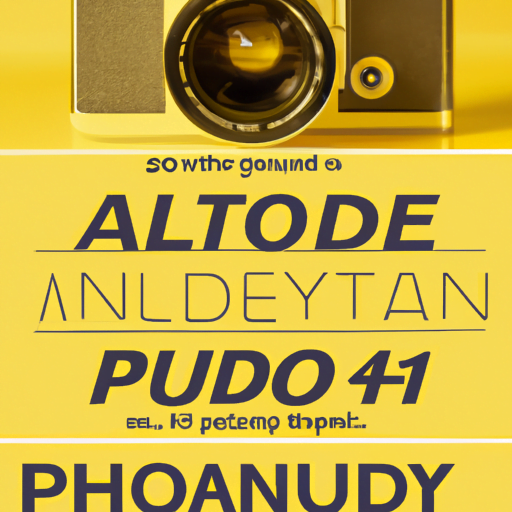
-
Table of Contents
Typography Trends for the Digital Age

In the digital age, typography plays a crucial role in shaping the way we consume information. From websites to mobile apps, typography is an essential element of design that can greatly impact user experience and engagement. As technology continues to evolve, so do typography trends. In this article, we will explore the latest typography trends for the digital age, backed by research, examples, and case studies.
The Rise of Variable Fonts
Variable fonts have gained significant popularity in recent years. Unlike traditional fonts that come in fixed styles and weights, variable fonts offer a wide range of customization options. They allow designers to adjust various attributes such as weight, width, and slant, all within a single font file. This flexibility not only saves bandwidth but also provides greater control over typography.
According to a study conducted by Monotype, websites that used variable fonts experienced a 30% reduction in page weight compared to those using multiple font files. This reduction in page weight leads to faster load times, improving overall user experience. Variable fonts also enable designers to create more dynamic and responsive designs, adapting to different screen sizes and resolutions.
Minimalism and Simplified Typography
In the digital age, where attention spans are shorter than ever, minimalism has become a popular design approach. Minimalist typography focuses on simplicity, using clean and straightforward fonts to convey information effectively. This trend is particularly prevalent in mobile app design, where limited screen space requires concise and legible typography.
One example of minimalist typography is the use of sans-serif fonts with ample white space. This combination creates a clean and modern look, enhancing readability and reducing visual clutter. Companies like Apple and Google have embraced this trend, using minimalist typography in their interfaces to provide a seamless user experience.
Custom and Handwritten Fonts
In an effort to stand out and create a unique brand identity, many companies are turning to custom and handwritten fonts. These fonts add a personal touch to digital content, making it feel more authentic and relatable. Handwritten fonts, in particular, evoke a sense of warmth and informality, which can be appealing to certain target audiences.
For example, Mailchimp, an email marketing platform, uses a custom handwritten font called “Freddie” in their branding. This font adds a playful and friendly tone to their communications, aligning with their brand values. Similarly, Airbnb uses a custom font called “Cereal” to create a consistent and recognizable visual identity across their platforms.
Experimental and Artistic Typography
As technology advances, designers are pushing the boundaries of typography, exploring experimental and artistic approaches. This trend involves using typography as a form of artistic expression, going beyond its traditional role of conveying information. Experimental typography often incorporates unconventional layouts, colors, and effects to create visually striking designs.
One example of experimental typography is the use of glitch effects. Glitch typography intentionally distorts letters and characters, creating a sense of digital malfunction. This trend has been embraced by brands like Nike and Adobe, adding a futuristic and edgy vibe to their designs.
Responsive Typography
With the increasing variety of devices and screen sizes, responsive typography has become essential in ensuring optimal readability and user experience across different platforms. Responsive typography involves adjusting font sizes, line heights, and spacing based on the user’s device and screen resolution.
One approach to responsive typography is using fluid typography, where font sizes are defined in relative units such as percentages or viewport units. This allows the typography to scale smoothly with the screen size, ensuring legibility on both small and large screens. Another technique is using media queries to apply different typography styles based on the device’s characteristics.
Conclusion
In the digital age, typography trends are constantly evolving to meet the demands of technology and user preferences. Variable fonts offer flexibility and faster load times, while minimalism focuses on simplicity and readability. Custom and handwritten fonts add a personal touch, and experimental typography pushes the boundaries of design. Responsive typography ensures optimal readability across devices.
By staying up to date with typography trends, designers can create visually appealing and engaging digital experiences. Whether it’s through the use of variable fonts, minimalism, custom fonts, experimental typography, or responsive design, typography continues to play a vital role in shaping the digital landscape.
